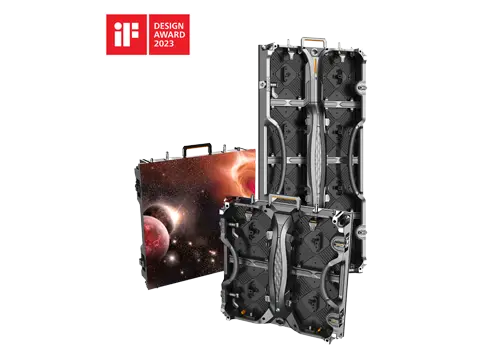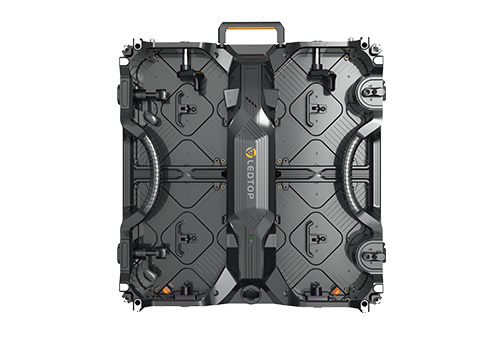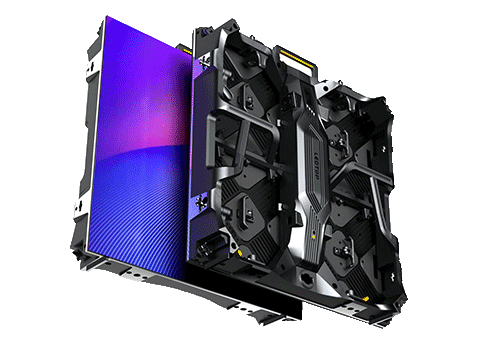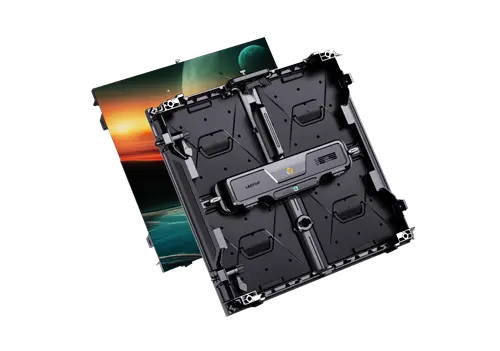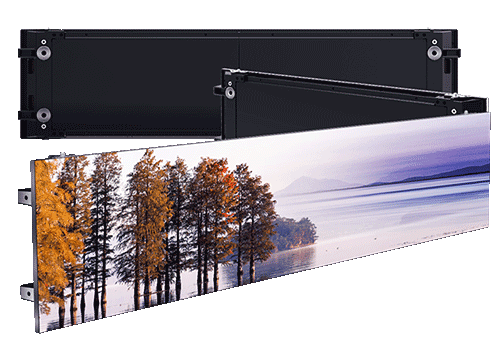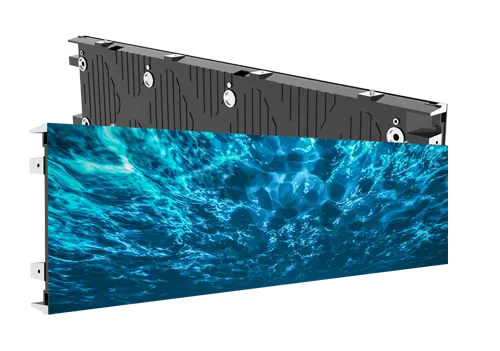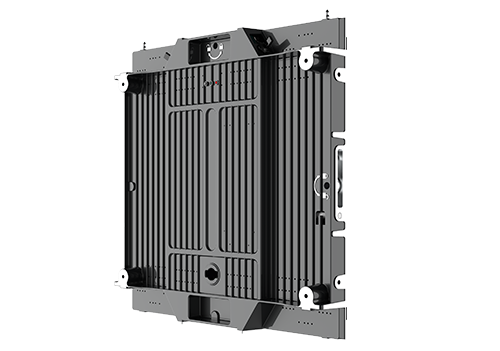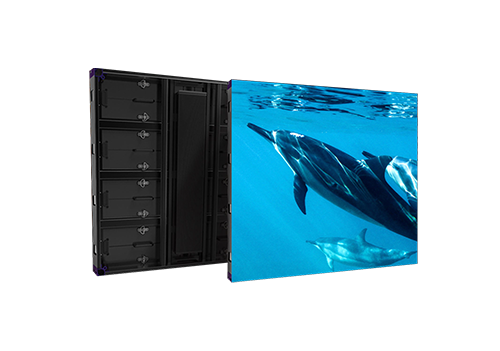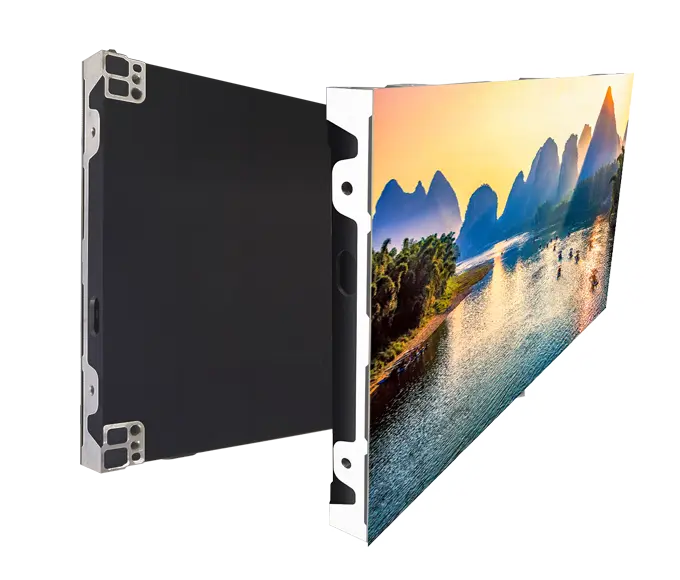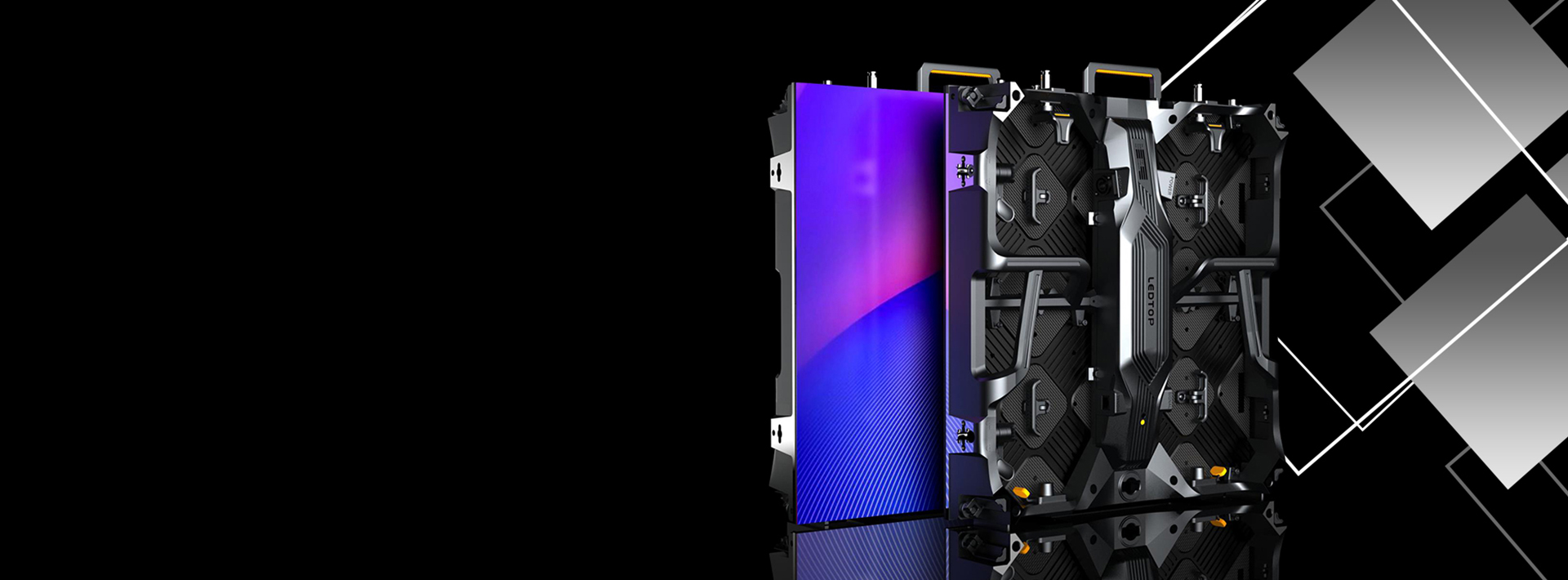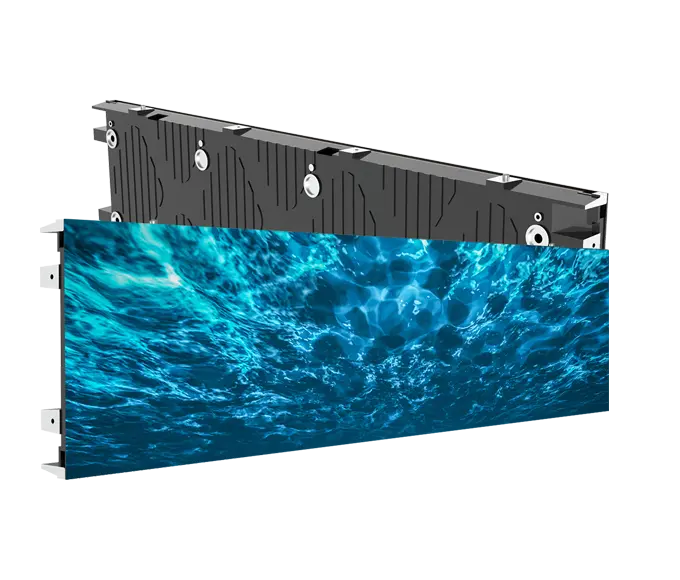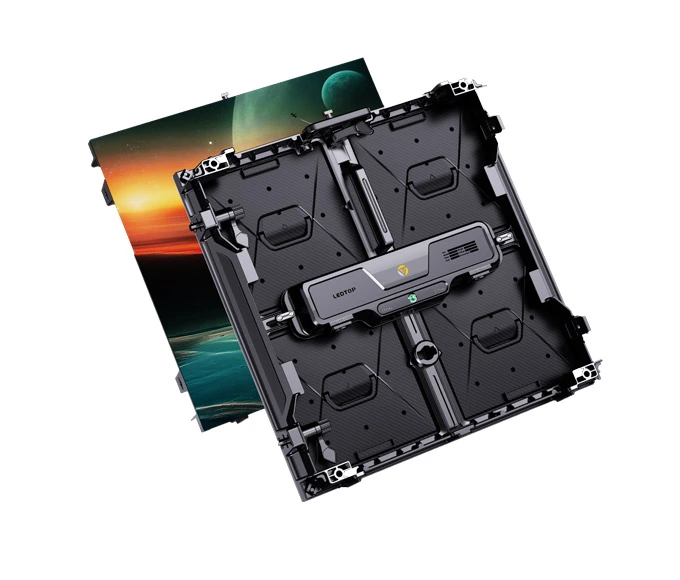Understanding LED Rental Screens for Concerts
LED rental screens, as event backdrops, combine dynamic and stunning background visuals with a variety of interactive features. This integration enhances viewership rates and the effectiveness of program broadcasts, leaving audiences amazed. Therefore, a good concert LED rental screen not only provides viewers with a great visual experience but also adds charm to the overall theme of the stage. So, do you know what are the common design forms of LED screens for concert stages?
Common Design Forms of LED Screens for Concert Stages
The concert stage LED screen is the main centerpiece, with lighting positions left around the screens, conforming to the stage framework. This type of stage is more common, constructing a deep stage framework with screens hung in a staggered manner. Moving computer lights are mounted between the screens. The screens' vertical arrangement leads the gaze of the stage into the distance, lengthening the depth of the entire picture and creating a strong perspective effect. The remaining space for hanging lights on the sides maintains a vibrant and dynamic atmosphere while conveying the theme of the event.
The concert stage LED screen is the "center" of the stage or serves as the backdrop, combined with the foreground scenery to form the stage setting.
The large LED rental screen is the entirety of the concert stage design, serving as the background and sides. The screen handles all aspects of spatial and temporal elements, while the performers deliver non-tangible performances.
This usage is prevalent due to its convenience and cost-effectiveness. A single image can convey everything necessary for the plot. The stage appears comprehensive and grand from a distance. However, up close, the concert LED rental screen may still exhibit a grainy and unrealistic texture, creating a sense of detachment. Another drawback is the limited space for lighting design, as the stage primarily consists of boxed scenery. Thus, the stage lacks ambient and atmospheric lighting, resulting in a less immersive experience. Despite the high cost of constructing such a stage, using LED screens for stage rental alone makes it challenging to achieve the desired stage effect.
In summary, these are the three common design forms for concert stage LED screens. Each form has its advantages and disadvantages. Therefore, when deciding on a specific approach, it is essential to consider the concert venue and stage environment to achieve a fantastic effect with the concert LED rental screen.

